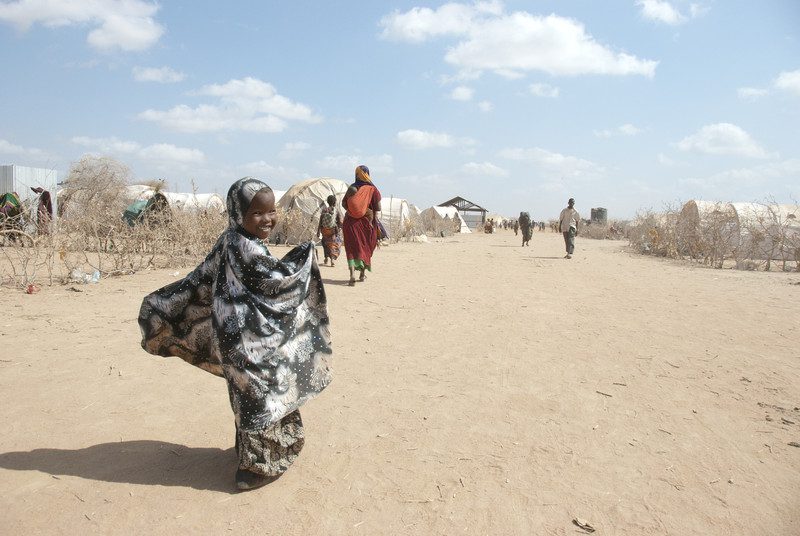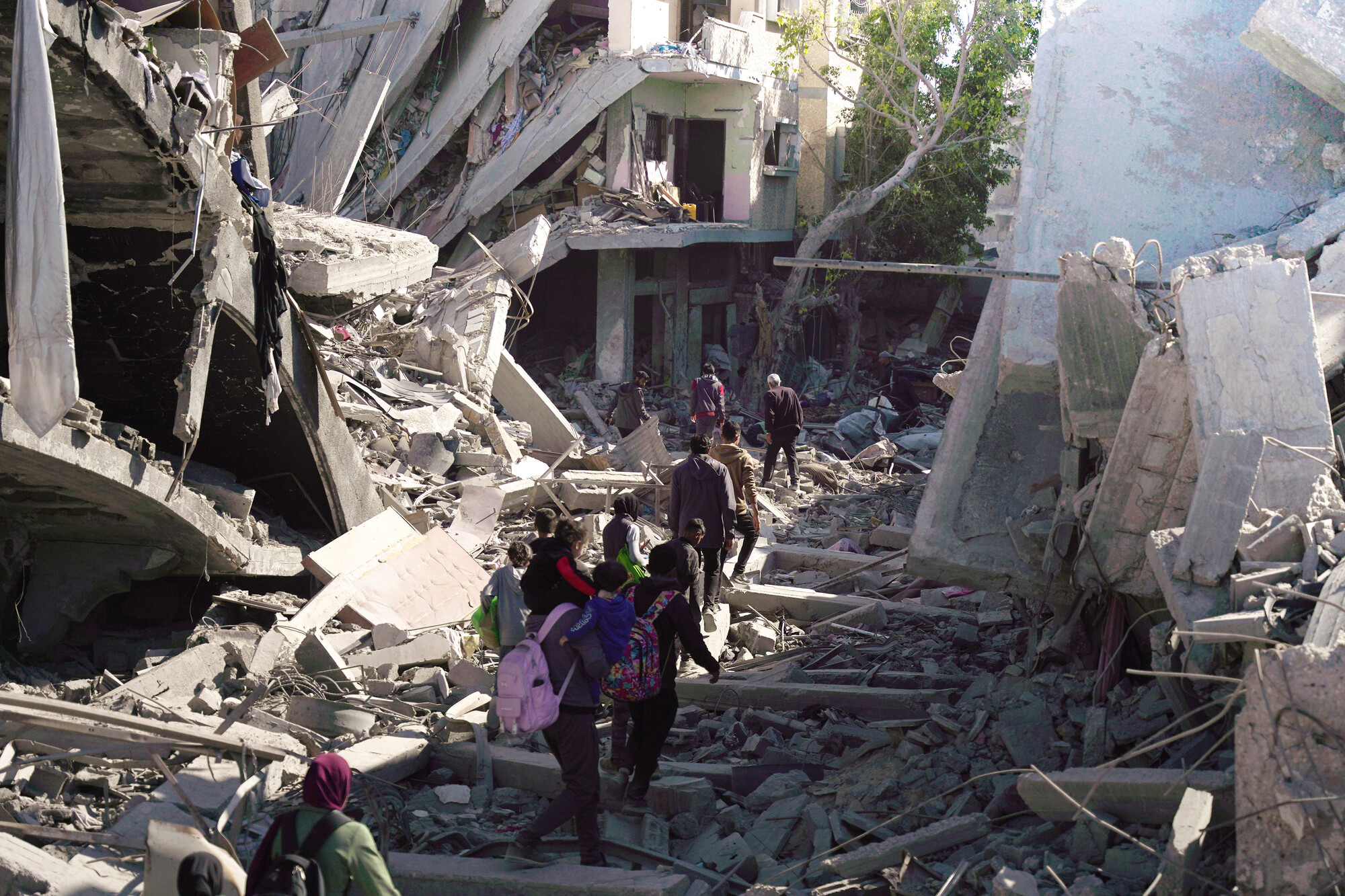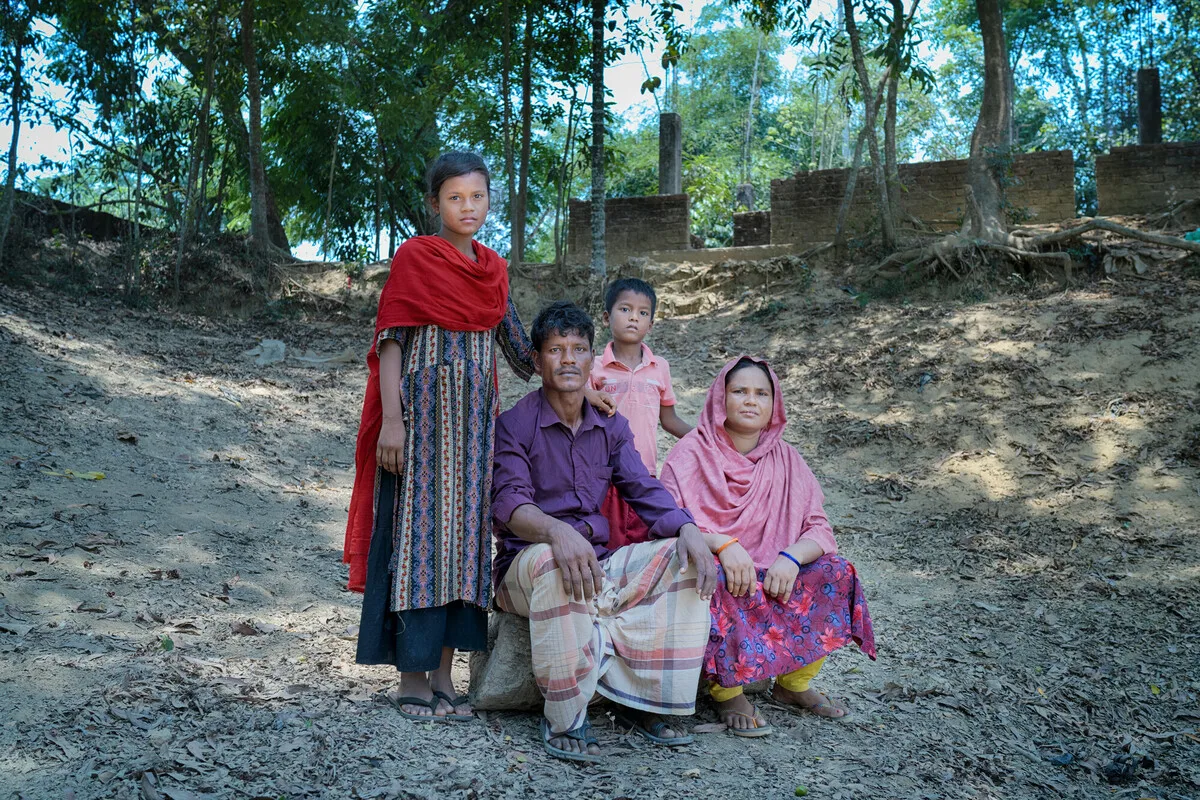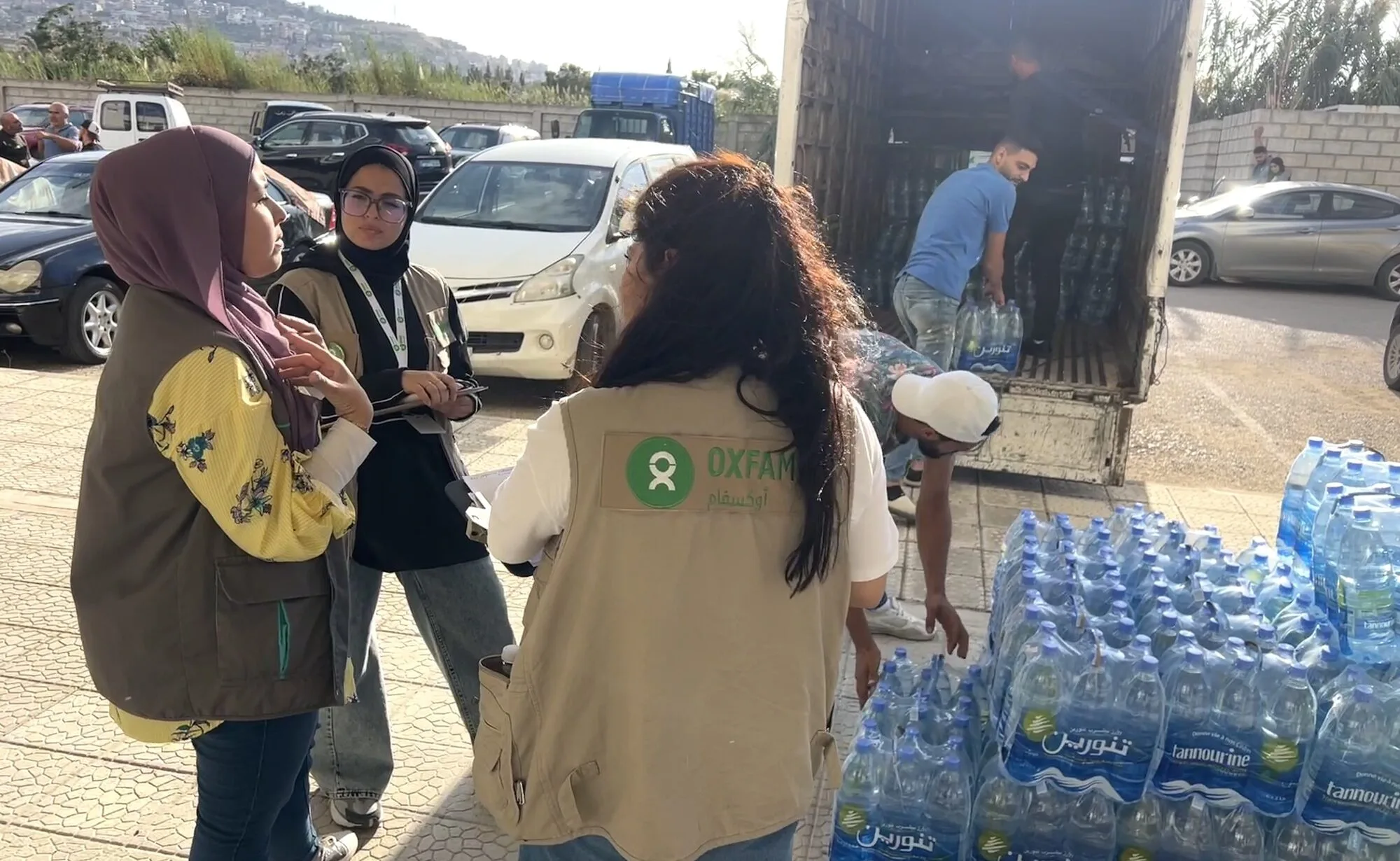By Chee Chee Leung, Emergencies Media Coordinator, Oxfam Australia
It turns out there are smiles to be seen in Dadaab. This surprised me. As a relative newcomer to the world of aid work, I had expected the world’s largest refugee camp to be a site brimming over with sadness, sickness and despair.
Instead, my first impression was that people seemed to be getting on with life. In between tasks like collecting water, or washing clothes, or keeping an eye on their children, many were happy to stop and have a chat. Often I was greeted with a smile or two.
The kids in particular seemed full of energy. The curious ones rushed up to ask “How are you?” and dissolved into giggles when I replied. The shy ones tucked their faces into their mother’s clothing when I smiled at them and said hello.
But of course, these images are only part of the picture. The people I encounter outside are there because they are healthy enough to get out of the sweltering daytime heat inside the tents. Behind the tent doors, different stories are found.
It is inside the tents that I meet an elderly man, sick with tuberculosis, who is too weak to venture outside and is confined to spending his entire day on a piece of flattened cardboard. It is here that I see a mother trying to clean up after her sick, vomiting baby.
After I speak with people, I start to wonder if, perhaps, in the face of such desperation, there is no alternative but to smile and keep on surviving. Or maybe they are smiling at me because they are simply bemused by my strange questions.
It’s as if they are wondering, why is this person asking me about my hopes for the future, or what I did to celebrate the end of Ramadan this year, when I’m simply trying to get enough food and water for my family to get through the day.
Many people I meet at the camps seem interested in telling me their stories. Each story is unique, but they share the same underlying theme, where a combination of conflict and drought has forced them to leave their homes in search of food, water and security.
Every day, about 1,000 people arrive at Dadaab with these same stories. Across East Africa, these themes are echoed in the lives of more than 12 million people, and the number affected is expected to increase by 25 per cent.
Another area of Somalia was recently declared to be in famine, and with below average rainfall expected for parts of Somalia in the coming months, the emergency could continue into next year. Agencies, like Oxfam, are getting aid through, but the already enormous needs are going to continue to grow.
At the Dadaab camps, many people tell me about their experiences and their needs because I am a foreigner. They think I must be able to help. Some are less optimistic. They look at my notebook and camera, and tell me that many journalists have taken their photos but they don’t see things improving.
Timara Aden, a grandmother to three young children, who left Somalia after all her family’s goat and cattle died, says to me: “We want our voices to be taken abroad and something to be done about our challenges, mostly insecurity and hunger.”
I explain to Timara, and others I speak with in the camps, that my job is to tell their story to people elsewhere in the world. I say that by explaining what their situation is like, more people will understand what is going on, and more people will be moved to help.
I hope I’m right. I’d like for the people in the camps at Dadaab to have something to really smile about.
Chee Chee Leung visited Dadaab this month as part of Oxfam’s East Africa food crisis response.
Follow Chee Chee on Twitter



